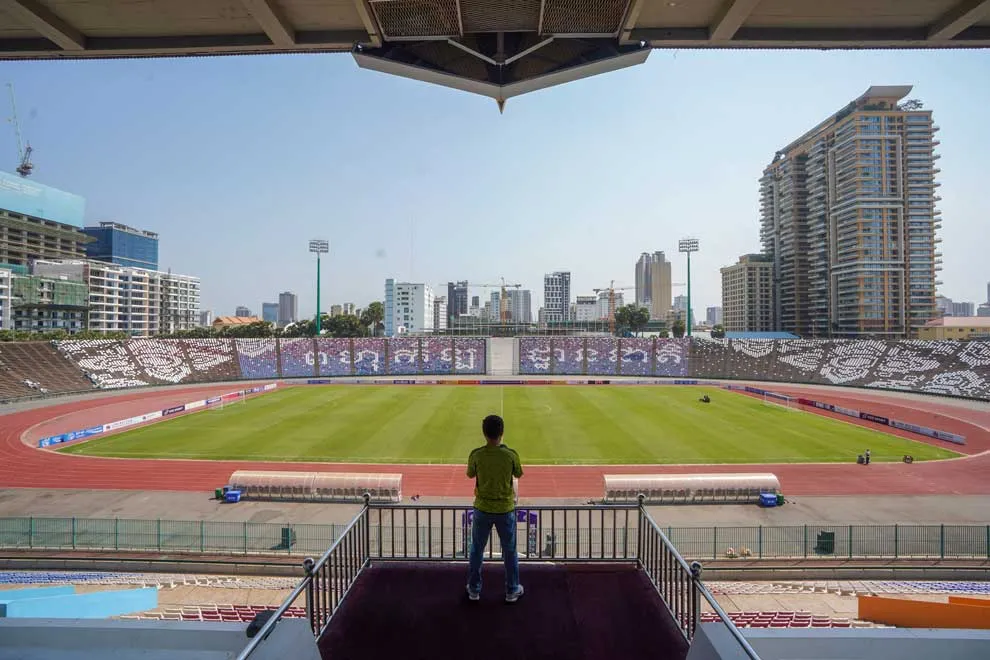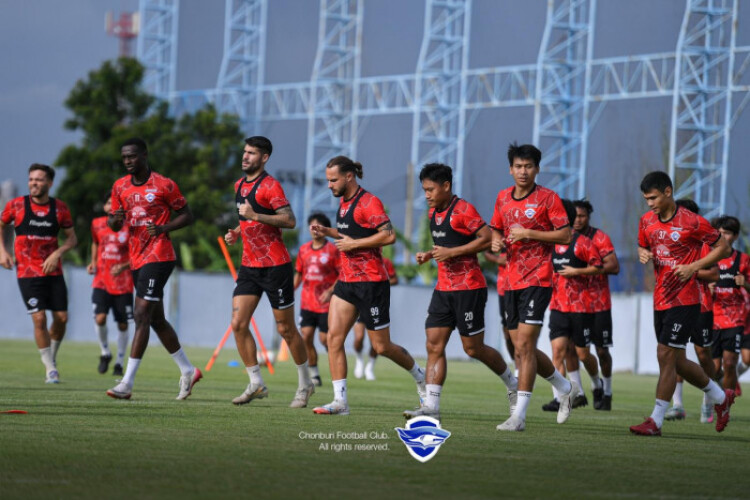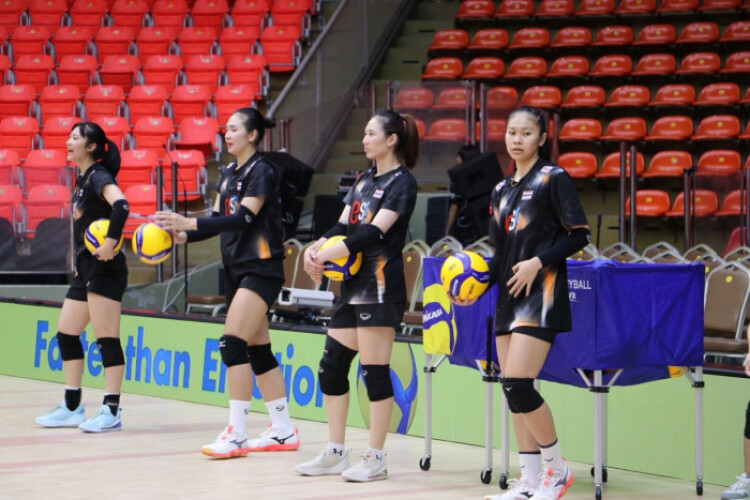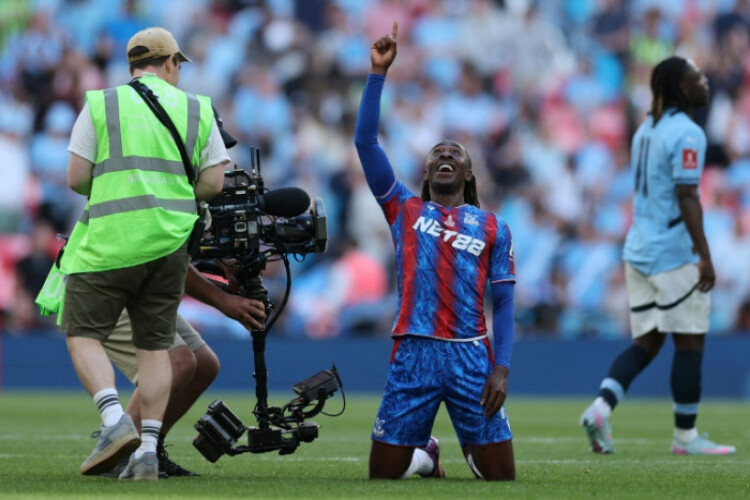
Crafted by the distinguished Cambodian architect Vann Molyvann, the National Olympic Stadium's diverse development commenced in 1962. Originally designated for the 1963 Southeast Asian Peninsular Games (SEAPG) – officially altered to the Southeast Asian (SEA) Games with the inclusion of Brunei, Indonesia, and the Philippines in 1977 – political disturbances in Cambodia led to the annulment of the biennial multi-sport extravaganza.
Nevertheless, construction of the structure persisted and was finalized on December 12, 1964, becoming the nation's inaugural national stadium. Then-Prince Norodom Sihanouk utilized the venue from November 25 to December 6, 1966, hosting the Ganefo games, exclusively featuring athletes from Asian nations.
Over the years, the stadium has fulfilled various purposes – from hosting heads of state and national celebrations to serving as a prison during the genocidal Khmer Rouge era. In 2000, following decades of disregard due to domestic political situations, redevelopment and renovation initiatives were instigated.
In late 2007, the World ParaVolley organization selected the stadium as the venue for its event, marking Cambodia's first major international sporting event in almost four decades.
Since then, the stadium has transformed into a focal point in Phnom Penh, luring residents engaging in daily exercise, football, and various other sports activities. It has observed numerous national and international football matches, significantly enhancing its prominence.
The 32nd SEA Games in May 2023 conspicuously showcased the stadium, particularly during men's football events, drawing approximately 30,000 spectators and creating a vibrant atmosphere.
However, for football matches managed by the Asian Football Confederation (AFC) and the International Football Association (FIFA), fans are barred from utilizing the concrete stands originally envisioned by the architect.
The prohibition extended to Phnom Penh Crown's home matches in the AFC Cup at the end of 2023, restricting spectators to the pre-existing 5,000 industry-standard seats.
Spectator capacity escalates
Despite enduring challenges, the stadium's seating area underwent a thorough redesign, featuring individual seats with backrests on all concrete terraces, presenting a visually appealing Khmer-style appearance.
The new seating was installed through support from the ASEAN Football Federation (AFF), with additional funds raised by the Football Federation of Cambodia (FFC). The Ministry of Education, Youth and Sport sanctioned the enhancements to elevate the aesthetic appeal of the historic stadium, aligning it with AFC and FIFA standards.
FFC secretary-general Keo Sareth confirms the addition of 25,000 seats to the existing 5,000, to be installed by Camfield Trading, a local company, which secured the exclusive contract with a winning bid of $498,750.
With the completion of the new seating, the venue's capacity will reach 30,000, meeting standards set by international football governing bodies.
Sareth says that the installation is expected to be completed by the end of February. The team of engineers and workers is currently expediting the construction to ensure timely completion.
He adds that the seats installed on the concrete terraces of the stadium have already passed expert inspections, and both the AFC and FIFA have acknowledged the quality of the seating.
"Without recognition from these organizations, the installation of the seats would not have been possible," he says.
However, the project has raised concerns among some who worry that it might damage the structure and alter the original form crafted by the previous generation, who worked diligently to preserve it as a legacy for the next generation.
Unlocking stadium's potential
"In reality, the stadium was beautifully crafted. The concrete terraces allowed us to sit and watch without any issues, and they have withstood the test of time, remaining free from stains. However, piercing the concrete to install the new chairs may damage the integrity of the stands, deviating from the design of the previous generation," shares a 50-year-old man who exercises regularly at the stadium, speaking with The Post on the condition of anonymity.
Sareth acknowledges that the refurbishing may alter the original design, considering the stadium was initially constructed without any seats. But the new design is a must if the venue is to host international events according to international standards.
"Without new seats, we would only be able to host local competitions. Frequent warnings from both the AFC and FIFA, during official international matches, resulted in consistent inspections by their expert teams. Since our stadium lacked standard seats, spectators were not permitted to occupy the concrete stands," he explains.
Sareth notes that in recent years, spectators were allowed on concrete stands for various international matches. The FFC had sought permission from the AFC and FIFA to ease restrictions during a period when football in Cambodia was experiencing a revival and attracting a substantial number of spectators.
He underscores that with over 30,000 spectators soon able to attend, he hopes the addition will bring about an atmosphere of a pre-pandemic football match.
Despite the FFC deploying a security force to deter unauthorized access, some fans still jumped over barriers to watch games.
The renovation of the stadium and the introduction of chairs are aimed at the common good, he says, and have garnered international recognition.
Designing national pride
"Although the installation of seating may alter its original appearance, I believe our predecessors wouldn't mind the change. Stadiums in other countries have undergone similar transformations, shifting from old to new designs to meet international standards. Additionally, each stadium is crafted to adhere to technical requirements, with all venues now equipped with backrest seating," he says.
"The stadium refurbishment, focused on serving the wider community, and enhancing our country's image, has addressed past inquiries about the presence of proper seating, even for friendly matches. With these seats now installed, such inquiries are no longer necessary, marking a success for our football on the international stage," he adds.
Sareth mentions that from March 2024, the stadium will be the official venue for international competitions. The newly installed seats, designed by Hor Monyrith, prominently display the phrase "National Stadium" at the center, and the seats are arranged in a decorative floral motif, reflecting Khmer aesthetics.
Explaining the significance behind the seat design, Monyrith, a third-year student at Limkokwing University of Creative Technology, says: "The emphasis on the name 'National Stadium' in white letters positioned amidst red and blue signifies the colors of the Cambodian flag."
Concerning the font used throughout the stadium, he specifies that it was crafted to resemble the Pali script in the Khmer language. Specifically designed to translate Pali into a system of Khmer letters, it ensures readability and is commonly found on palm leaf manuscripts and other historical literature.
"The inclusion of the white 'Pkar Chan' flower pattern on both sides of the stadium aims to highlight our rich cultural heritage. The floral motif is frequently depicted in a variety of art forms like architecture, textiles, and handicrafts, reflecting the Kingdom's traditions and arts," the 20-year-old student adds.






